Ipoh is the capital city of the state of Perak. Located by the Kinta River, it is nearly 200 km north of Kuala Lumpur. It started off as a mining village, then the British and the Japanese came in during the colonial period whereby grand buildings were built that had historical impact on the State and country as a whole.
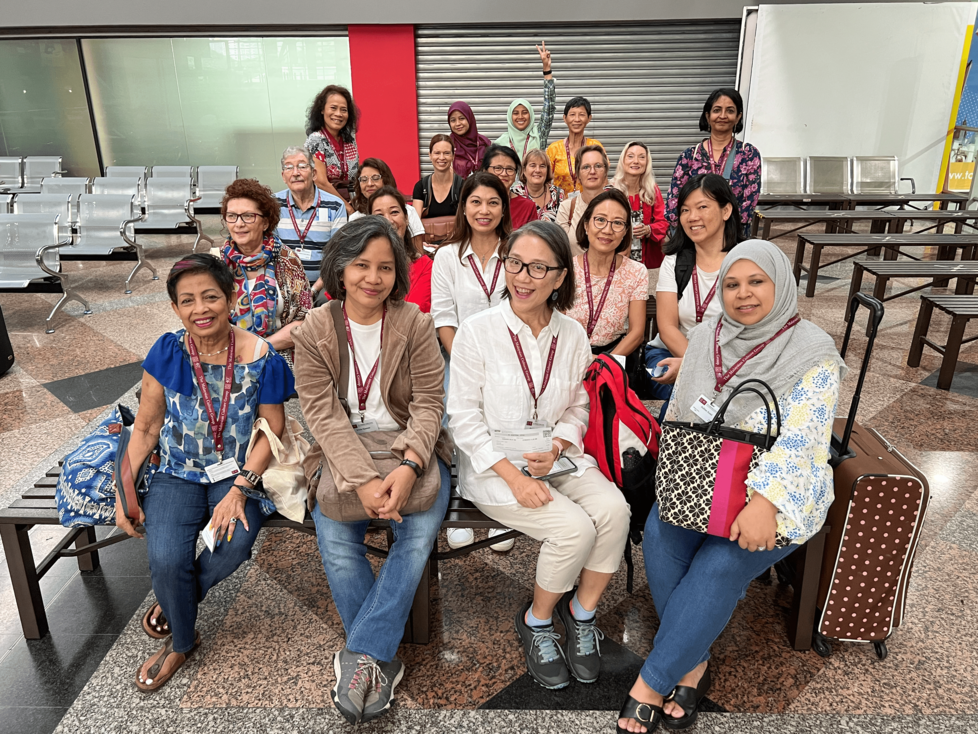

Twenty-two members participated in the Explorers’ Out and About excursion to Ipoh on 22 August 2023. We met up at 8.00 am at KL Sentral and took the Electric Train System (ETS) to Ipoh at 8.47am. The train ride was comfortable and members enjoyed the beautiful scenery along the way. We arrived at the Ipoh Railway Station at 11.28am and we were met by Mr Sundra, our guide, a former lecturer whose passion is to meet people.
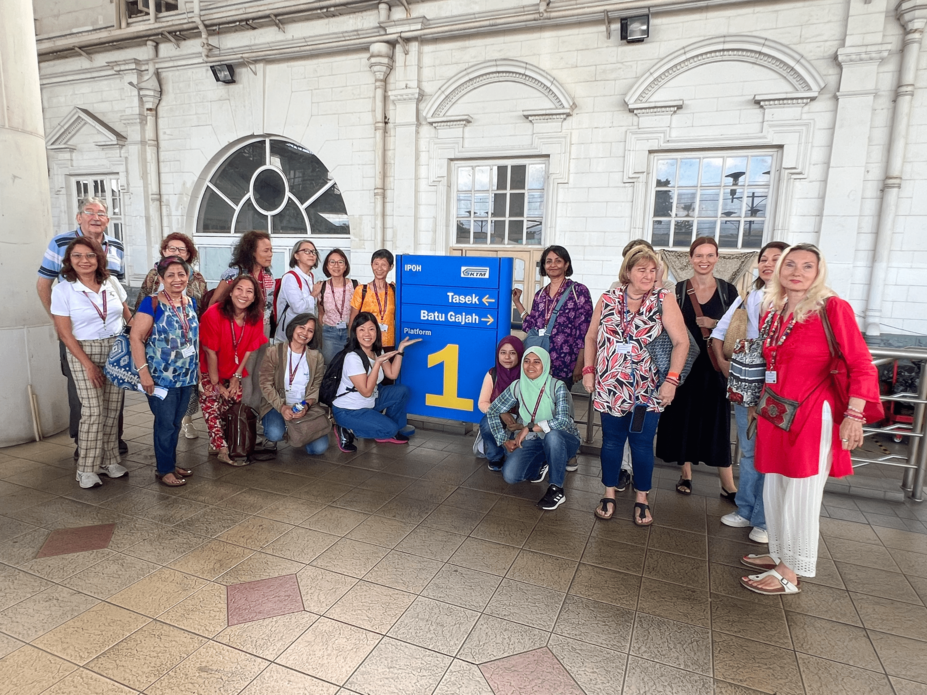
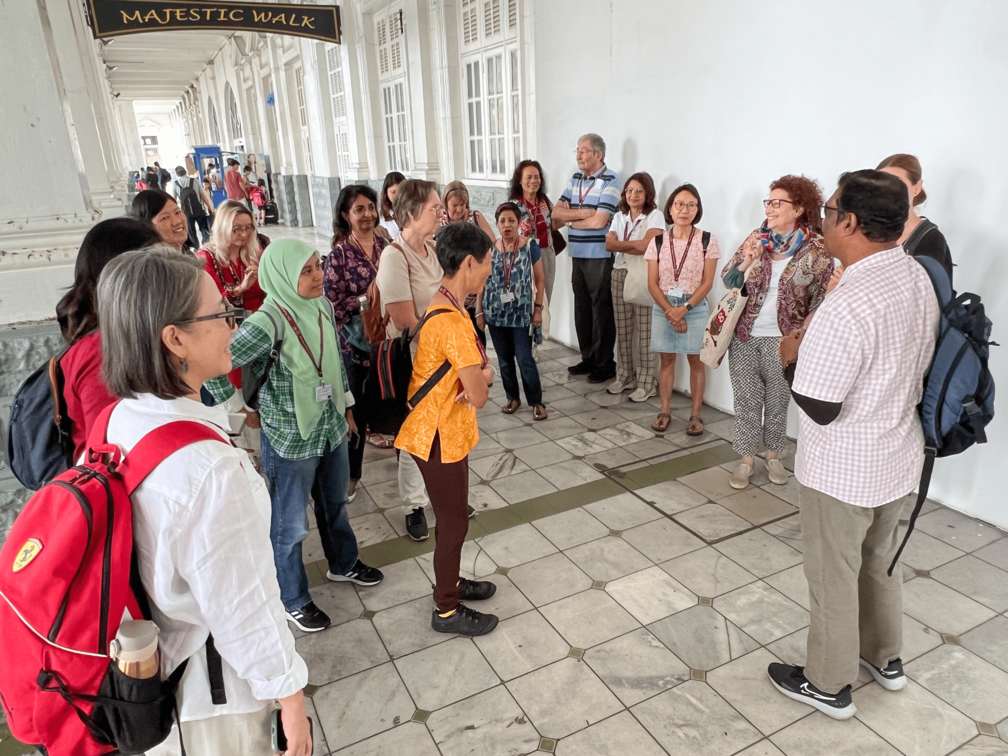
According to Mr Sundra, Ipoh was established in the 1880s, at the height of Perak’s tin mining boom. The Kinta Valley, which surrounds Ipoh, was one of the greatest tin resources in the world, making it a prime location for tin mining. Ipoh quickly became a thriving town due to the Chinese immigrants drawn there to work in the mines. Unfortunately, on 1 June 1892 a fire broke out and destroyed over half of the city. After the incident, the town was rebuilt and transformed into a business and social centre and become known as the “City of Millionaires”.
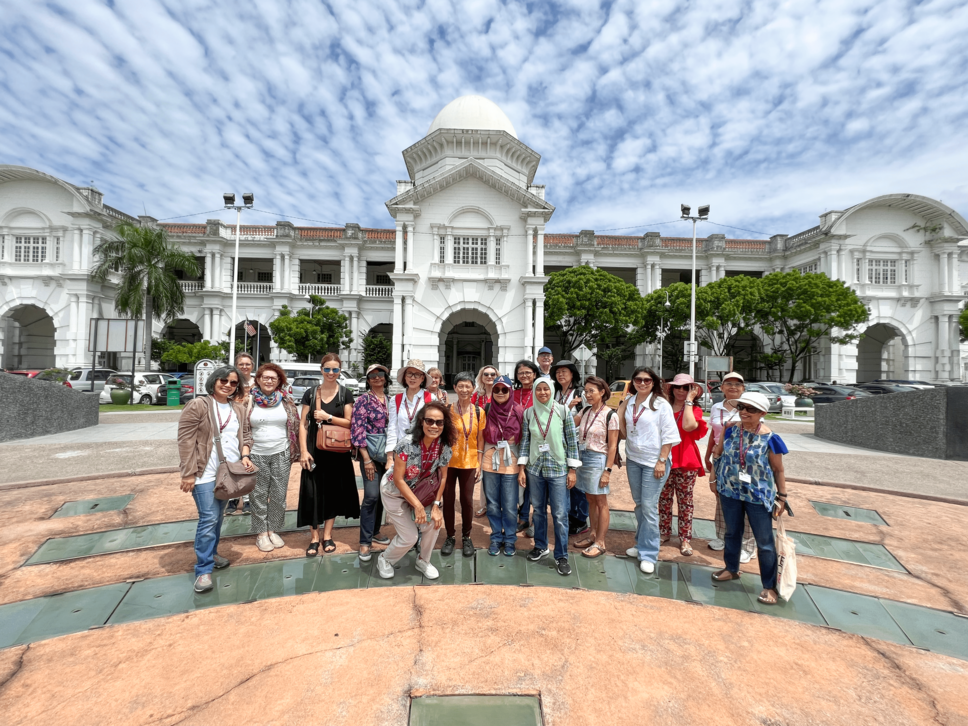
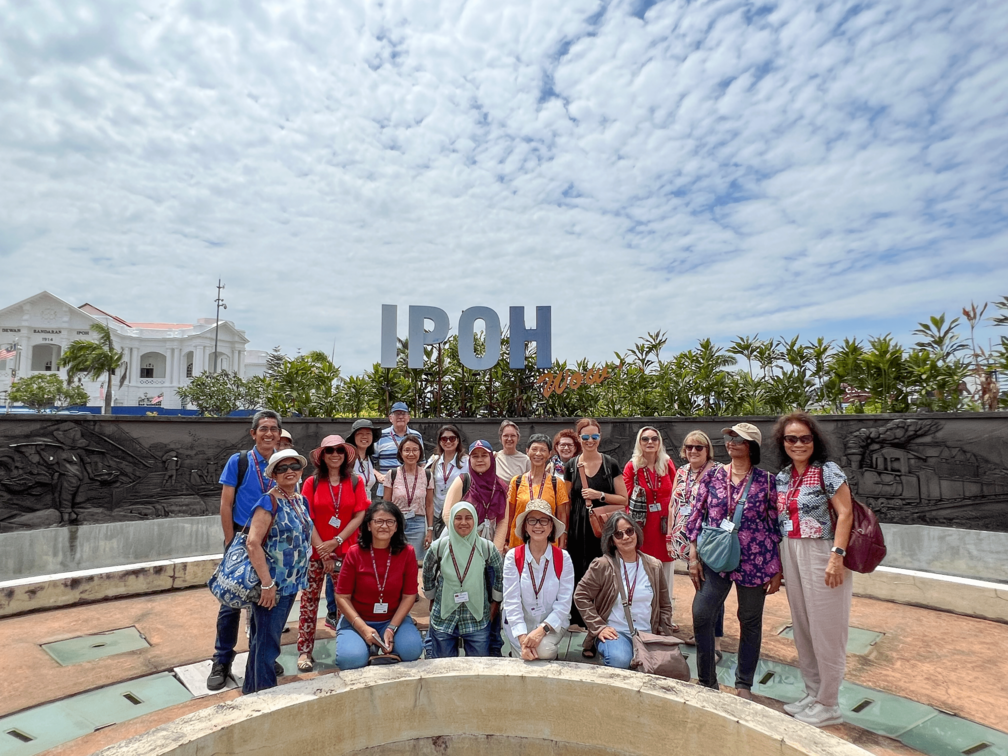
The British had a significant presence in Ipoh due to their interest in the lucrative tin trade. They built magnificent colonial-style administrative buildings and the Ipoh Railway Station is one of Ipoh’s iconic architectures. It was designed by an architect named Arthur Benson Hubback, the same person who designed the Kuala Lumpur Railway Station. Due to its Moorish Indian architecture, local residents and tourist refer to this building as Ipoh’s Taj Mahal because of its magnificent domes and wide arches. By the way, Ipoh is named after a local tree, pokok ipoh or upas (antiaris toxicaria) which has a poisonous sap that was used by the indigenous people to make their blowpipe darts.
Other majestic buildings in Ipoh that were designed by AB Hubback were the Town Hall and Post Office Building, both completed in 1917. The town hall consists of a public theatre where the British elites and high-ranking officers socialised and came to watch plays, musicals and performances. Rabindranath Tagore, the Indian poet and Nobel Laureate once delivered a speech to Perak’s English and vernacular school teachers in 1927 at this hall. We were informed that the former Ipoh Court House which now houses the Ipoh City Council has a spiral staircase and an underground tunnel connecting the police station, the railway station and the court house within the vicinity of the building. Prisoners were brought via these tunnels to move within these three buildings and away from the eyes of the common people.
On 15th December 1941, the Japanese invaded Ipoh and the Japanese administration was set up in the St. Michael’s Institution. Built in 1923, this magnificent structure served as a school and remains so today, whilst also being a major tourism site. Next, we visited a part of the old town – the Concubine Lane or ‘The Mistress Lane’ which existed since 1908. This area of shop houses was a centre for opium smokers, gamblers and prostitutes owned by tycoons or millionaire miners around Ipoh. Currently, it is a small street with stores offering handmade goods, local specialties, and souvenirs and a tourist must visit while in Ipoh.


Before we knew it, it was lunch time and we had it at the Durbar at FMS. Durbar is a bar and restaurant housed in a building once known as FMS or the Federated Malay States. Durbar at FMS is one of the oldest bars in Malaysia with records stating that it was founded by a Hainanese immigrant in 1906. We had mushroom soup, delicious Hainanese chicken chop and crème caramel for lunch. Six members continued the trip and visited the Akash Classic Car Showroom while the rest returned home.

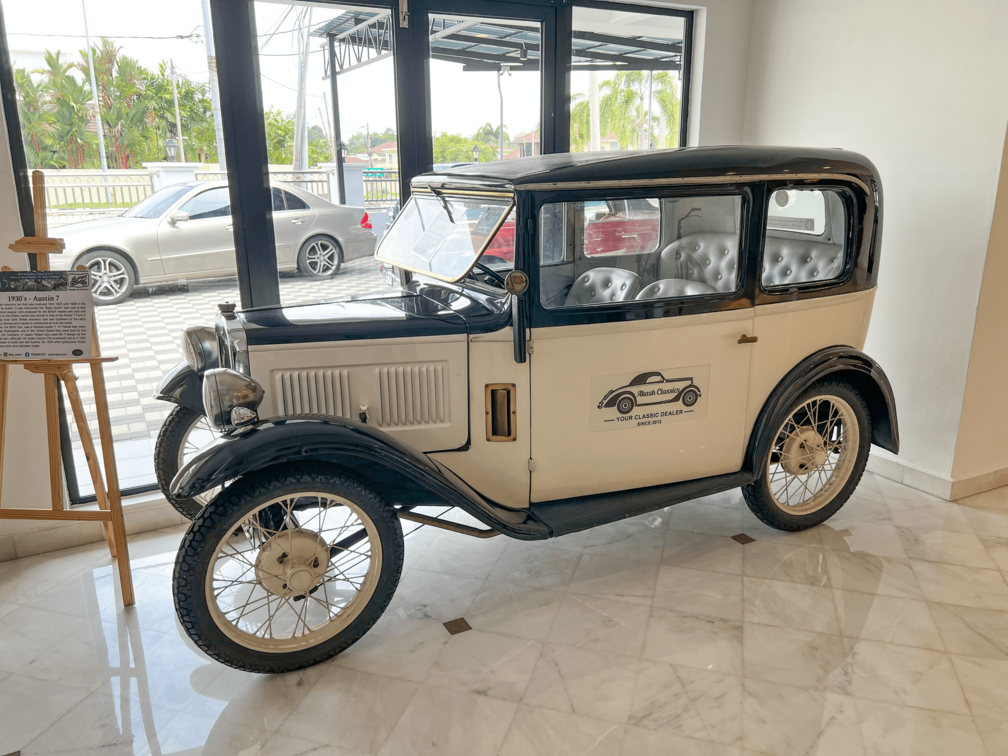
Mr Akashdeep Singh, the brainchild of the Akash Classics Malaysia showroom in Ipoh owns many classic cars…………….
Kulwant Kaur
